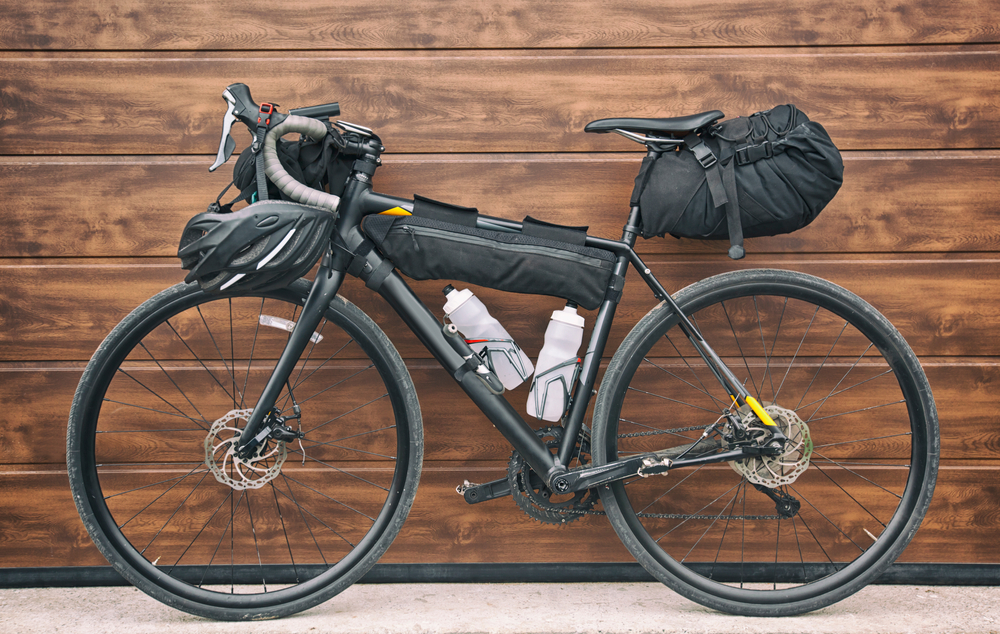Indoor cycling trainers let you maintain fitness year-round regardless of weather or daylight hours. Modern smart trainers offer realistic ride experiences and structured workouts.
Quick Answer: Smart trainers connect to apps like Zwift and TrainerRoad, automatically adjusting resistance based on virtual terrain or workout plans. Direct-drive trainers remove the rear wheel for accurate power measurement and quiet operation. Expect to spend $400-$1,500 for quality options.
Trainer Types Explained
Traditional fluid trainers clamp onto your rear wheel and provide progressive resistance. Smart trainers add electronic control and power measurement. Direct-drive trainers replace your rear wheel entirely, clamping the chain directly onto a cassette mounted on the trainer.
Smart Trainer Features
- Automatic resistance: Changes resistance based on virtual terrain or workout targets
- Power measurement: Built-in power meters track wattage accurately
- Connectivity: Bluetooth and ANT+ link to training apps and devices
- Realistic feel: Simulates climbing, descents, and road surface changes
Popular Training Apps
Zwift creates virtual worlds where you ride with cyclists globally. The gamification keeps indoor training engaging through structured workouts, group rides, and races. TrainerRoad focuses on structured training plans with precise power-based intervals.
Rouvy and FulGaz offer real-world route videos, letting you ride famous climbs and courses from your home. Sufferfest (now Wahoo SYSTM) combines videos with science-based training plans and strength workouts.
Setting Up Your Training Space
Place trainers on rubber mats to reduce noise and protect floors. Position a fan directly in front to prevent overheating—indoor riding generates more heat than outdoor cycling without natural airflow.
Set up screens at eye level to avoid neck strain. Many riders use tablets or laptops, but larger TV screens improve the immersive experience. Keep water bottles, towels, and spare clothing nearby—you’ll need them.
Effective Indoor Workouts
Indoor training works best for focused intervals and structured workouts. Without traffic, intersections, or terrain variations, you can maintain perfect pacing for threshold and VO2 max intervals.
Keep sessions under 90 minutes for mental sustainability. Indoor riding feels harder than outdoor riding at the same power output due to lack of momentum, scenery changes, and natural airflow.



Leave a Reply